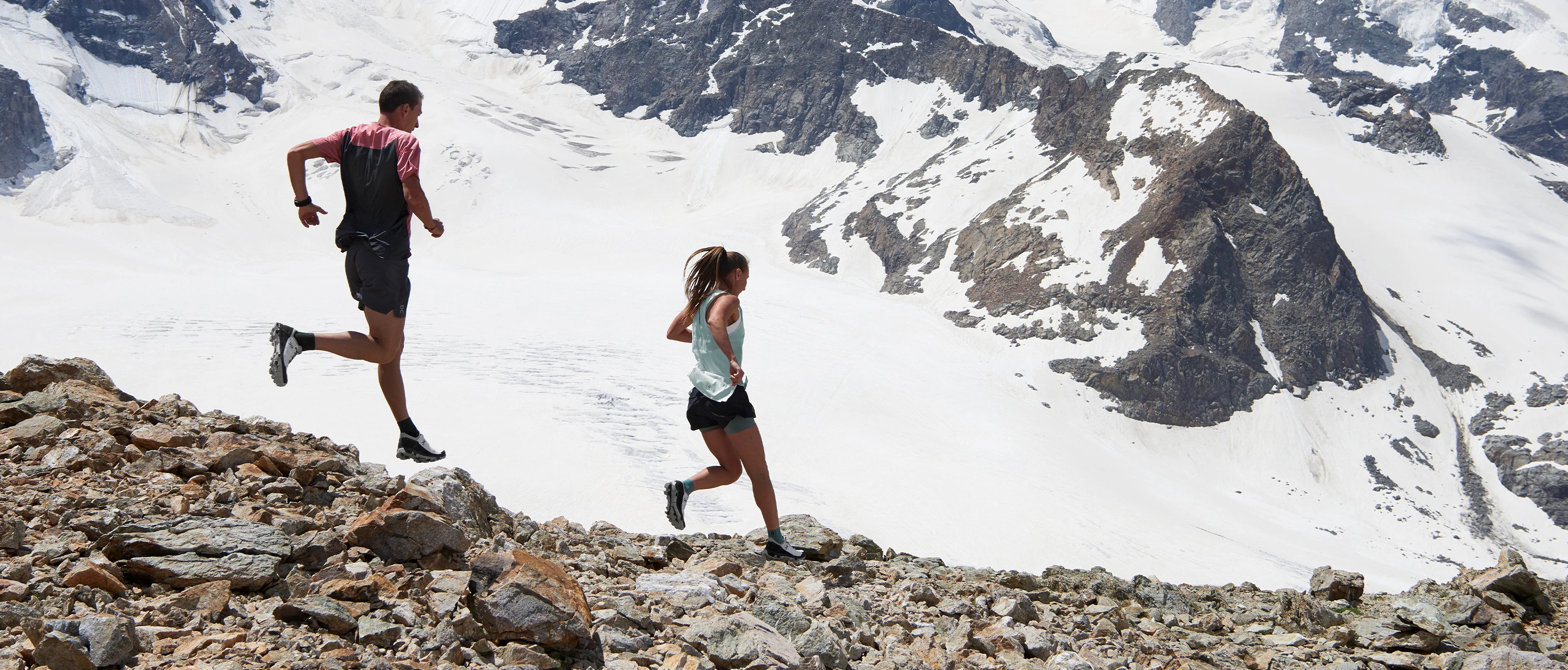

We cannot guarantee deliveries to the area. We hope to be back soon.
There's a reason why professional athletes head to the hills during their training camps and "off" season: The altitude. With extensive research supporting the benefits to the human body altitude training can have, it's no wonder demand has skyrocketed from runners looking to get the edge over (and above) the competition.
Long have legends been told of people coming down from their mountain homes to perform superhuman feats of strength and athleticism, but prior to the Olympics in 1968, no real correlations between altitude and performance had been proven.
At those famous Games held in Mexico City (one of the world’s most elevated capitals sitting at a height of 2240 meters above sea level) fans saw first-hand how altitude can affect performances, especially in endurance sports, with substantially slower finisher times in all longer events. This led to the hypothesis that training at higher altitudes would then condition the body to perform better when returning to lower altitudes, giving athletes an advantage simply by doing the same trainings at greater heights.
The difference of training at a greater altitude than “normal” (under 1500 meters) is the amount of oxygen in the air. The two major gases which make up what we breathe are nitrogen (which makes up around 79% of air) and oxygen (which makes up about 20.9%). You may have heard of (or felt) air being referred to as “thinner” at high altitudes, but what this means is that there is less air pressure, so lower levels of oxygen (which is a heavier gas) available than at those normal altitudes.
Lower oxygen levels make the body work harder. At 3000 meters above sea level, it is estimated your body will need to expend 25-30% more energy for the same action (such as running) at sea level. It’s this extra effort that proves to be beneficial for runners, namely because it boosts the amount of red blood cells in the body (which are responsible for moving oxygen through veins) and increases the workload of the heart and respiration systems. Over time, these changes train the body to work harder than they would at sea level to accommodate the new stresses of the altitude.
The benefit then comes when an athlete returns to a higher-oxygen, normal altitude level, as the body now has a surplus of energy in reserve. This effect can last up to two weeks back at lower ground, meaning a few races can be run in that time with the heightened performance level. The other advantage of altitude training is when a competition itself is held at a higher altitude. Training at the height of the race conditions the body over time, meaning when the race day comes, your body already knows what to expect from the elements.
Of course, with benefits come risks. Some people training at high altitudes experience headaches or shortness of breath, especially when transitioning from lower altitudes to suddenly much higher. The best is to ease slowly into the higher climate and wait a few days before training intensively. Also, excessive red blood cells can lead in very extreme cases to a thickening of the blood which negate the positive effects of high altitude training, so it’s important to speak to your doctor before heading too high for too long.
To achieve the best results of high altitude training, head somewhere about 2500 meters above sea level and both live and train there for a minimum of three to six weeks. The longer you stay and train at higher altitude, the better the effects will be. To achieve this kind of height, generally the area will be quite mountainous and most probably trail terrain, so having the right equipment with you for this type of run is crucial. If you’re just starting out in trail running, we recommend our trail running shoes guide for finding the right trail running shoes for you. Once you’re at the right height with the right trail running gear, working up to your normal running routine is what’s recommended as it’s your respiratory system that will be doing the work different to at sea level.
Remember to start your altitude training slow as you adjust to having less oxygen available, and don’t expect to be back at your same fitness level for a few weeks at least.
For those not blessed with mountains outside their door, many facilities now offer simulated altitude training. This is generally a small room in a gym with a few treadmills or exercise bikes, and where the oxygen level can be manually altered to simulate different altitudes. “Hyperbaric oxygen chambers” are another altitude simulation device, however these have more to do with simulating the air pressure of high altitude (which can aid in recovery) and are not necessarily focused on changing the oxygen level of the air, so are less beneficial for runners looking to get that high altitude advantage.
The other way you can experience high altitude training whatever environment you’re in, is through using a running mask. Though you may look like a comic book villain, these masks work in a simple way to limit the amount of airflow you can draw in through a breath, forcing your respiratory system to work harder. A word of warning for the first time you train with a mask: Start slow! Not being accustomed to it can have you quickly feeling dizzy, so its best to train with a partner nearby for the first few times until you’ve mastered it!